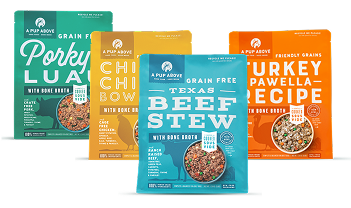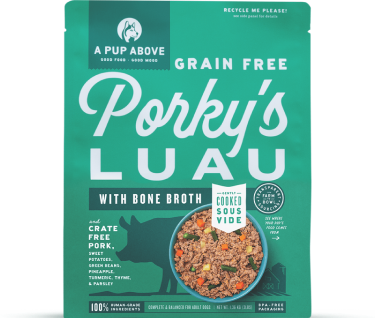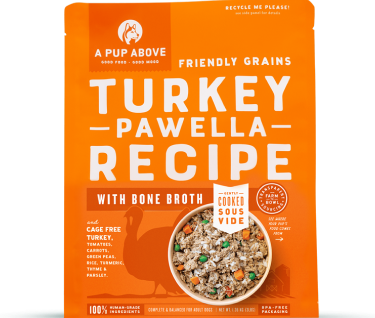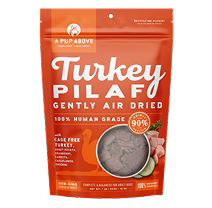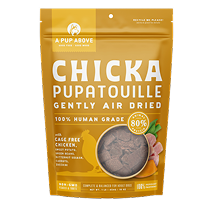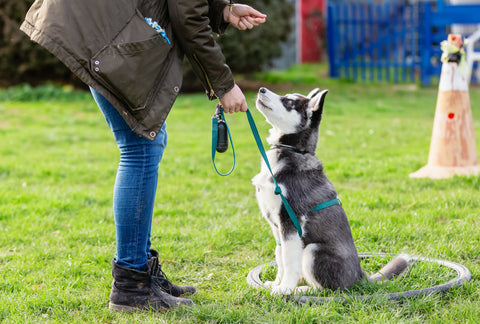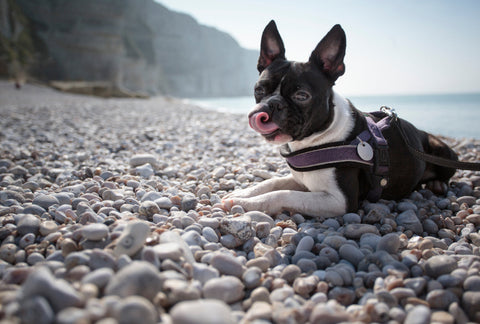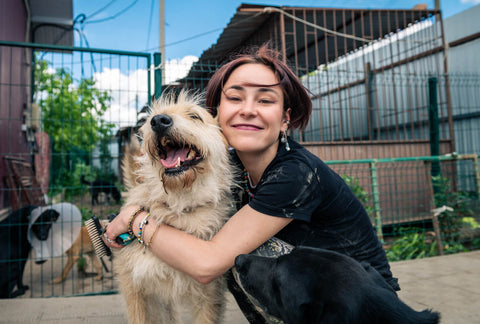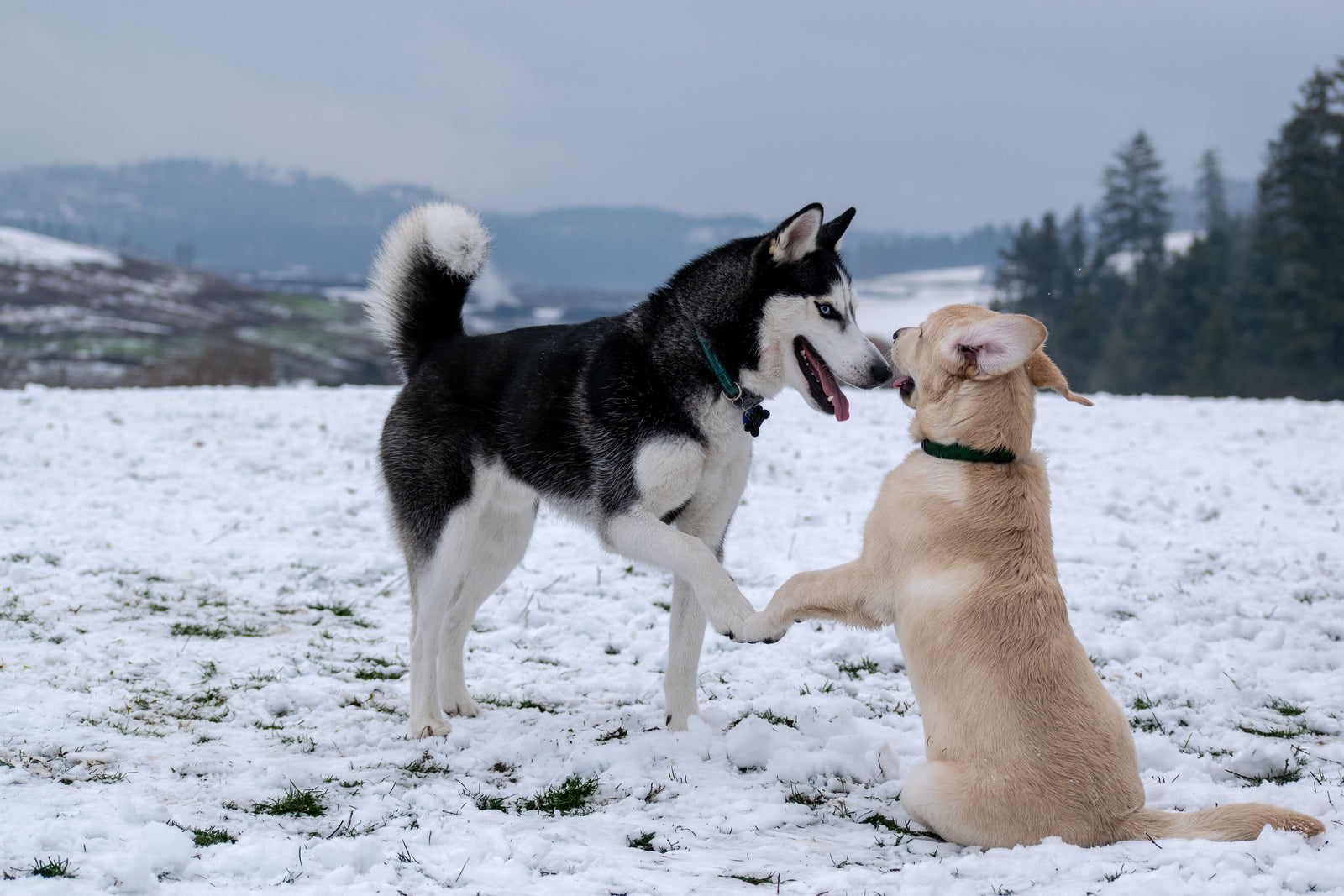
The Crazy History of Dog Food
How Dog Food Came to Be So Highly Processed
Dogs have been a part of human development for what seems like forever. Initially dogs were working animals used as aids in hunting for food and guarding livestock. There were largely fed portions of the hunt and whatever else they found out in the wild.
With the Industrial Revolution and rise of the middle class in the 19th century, families with disposable income began to keep domesticated dogs as companion animals – rather than just as working animals (1). During these earlier years, companion dogs were mainly fed table scraps and other leftovers.
So what changed that led us to feed them heavily processed dog food?
Mr. Spratt, the Founder of Processed Dog Food
We find our answer with James Spratt. In the late 1800’s, Spratt launched a line dog biscuits in the U.K. called Spratt’s Meat Fibrine Dog Cakes (2). The cakes were made from a mixture of wheat, beetroot and vegetables bound together with beef blood. Sounds delicious right? Well regardless of their taste, those biscuits were a smash hit with the English dog owners, especially those who had hunting and show dogs.
In 1870, Spratt brought his biscuits over to the United States and the American pet food industry was born. The success of the Spratt company inspired hundreds of other companies to create their own biscuits, including Milk-Bones.
The Emergence of Canned and Dry Dog Food
The first canned dog food, Ken-L-Ration, was created in 1922 when horsemeat became a cheap and readily available meat. At the time, industrialization and the advent of cars was making horses obsolete, and…well…(3).
By 1941, canned dog food accounted for 90% of the dog food market. However, most dogs were still fed leftovers from the kitchen table. During World War II, metal was rationed and pet food was categorized as “non-essential” by the U.S. government. The combination spelled hard times for the canned pet food industry. Food rationing also meant fewer table scraps for dogs.
As a result, dry dog food became the food du jour for American pets. Companies realized they could create food by using by products from cereal manufacturers to create a low meat, shelf stable food sold in bags not tins. The ability to create a dry, cheap food with high profit margins attracted larger companies into the pet food industry.
For three years, Purina experimented with machines they were using for Chex breakfast cereal to create a lighter and more palatable version of dry dog food. In 1957, they released Purina Dog Chow, the first type of kibble produced through a process called extrusion (3).
Extrusion is a highly efficient method used for manufacturing large quantities of shelf-stable foods (like, say, sugary breakfast cereals). The way it works is wet and dry ingredients are mixed together to form a dough-like consistency. The dough is cooked under extreme pressurized steam and high temperatures before being extruded (or pushed) through a die cut machine and forming the small shapes we recognize as kibble today. The use of extrusion for commercial kibble production gained momentum throughout the 1960s and 1970s as companies used the technology to create new flavors and varieties.
At the same time, processed food for humans was also gaining popularity. This new fad involved fast food, and TV dinner meals that were more convenient to prepare for the whole family. The convenience of these foods was especially appealing to the growing number of women entering the workforce who had “less time to prepare foods for their families and dogs”(4).
Looking Ahead to a Fresh Dog Food Revolution
Today, humans have pulled back from eating heavily processed foods like canned pasta dinners by Chef Boyardee and fast food meals from McDonalds in favor of eating fresh fruits, veggies and meats. Humans have realized the convenience of these processed foods isn’t worth the health risks they pose to our wellbeing (5).We’ve also made healthier food more accessible…The big question is, why haven’t we done the same for our dogs?
This is where A Pup Above joins the party (cue epic intro music)! We believe that pet parents can have the best of both worlds—commercially available dog food that is…wait for it… good for your dog! We see a bright future for dog food, and are setting the bar for food that is fresh, not processed, and incredibly easy and convenient to prepare
Top Stories

Why Do Dogs Lick Their Paws?

Why Do Dogs Whimper & Make Noises in Their Sleep?

Healthy Vet-Approved Homemade Dog Food Recipes

How To Cook Sweet Potatoes for Dogs


